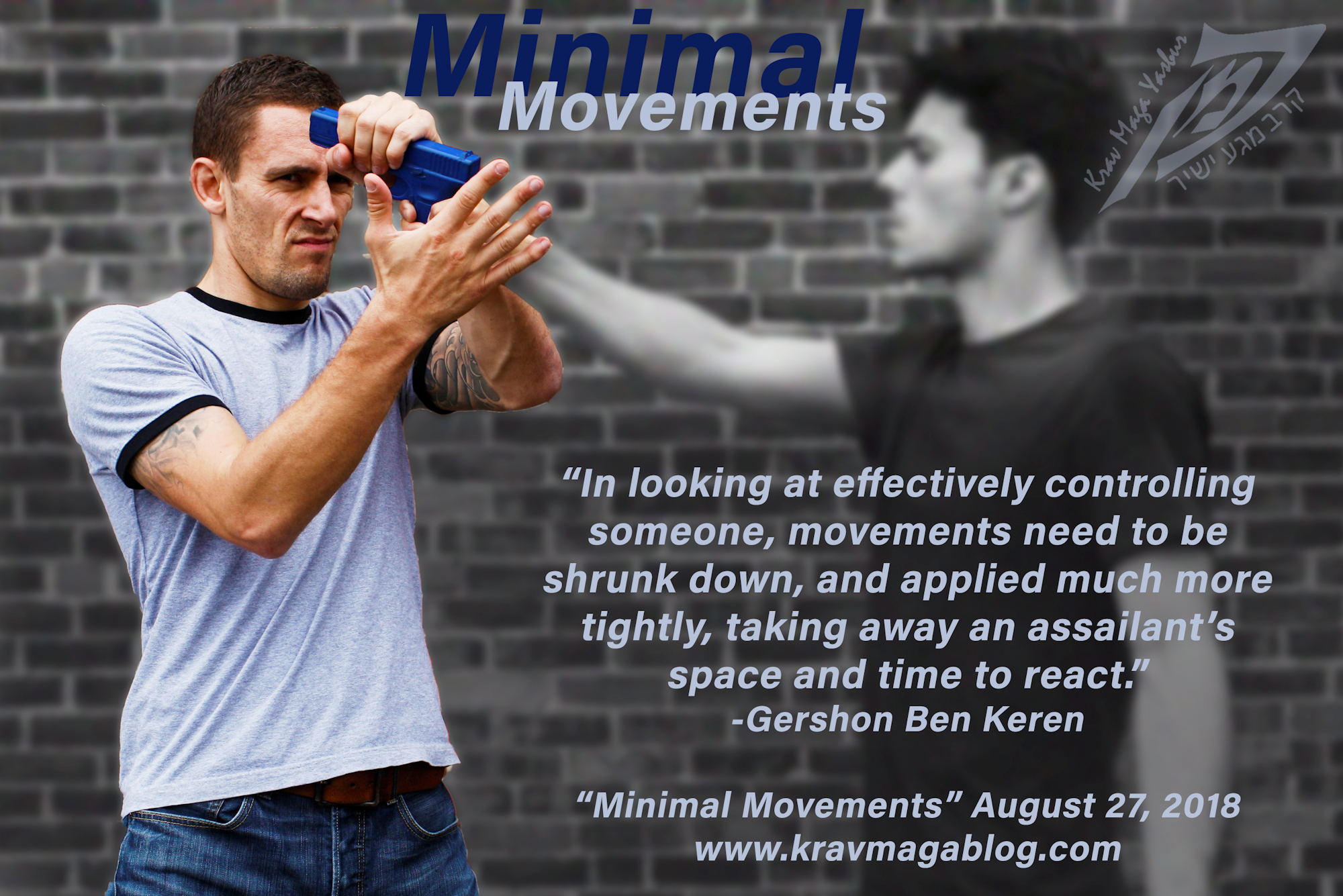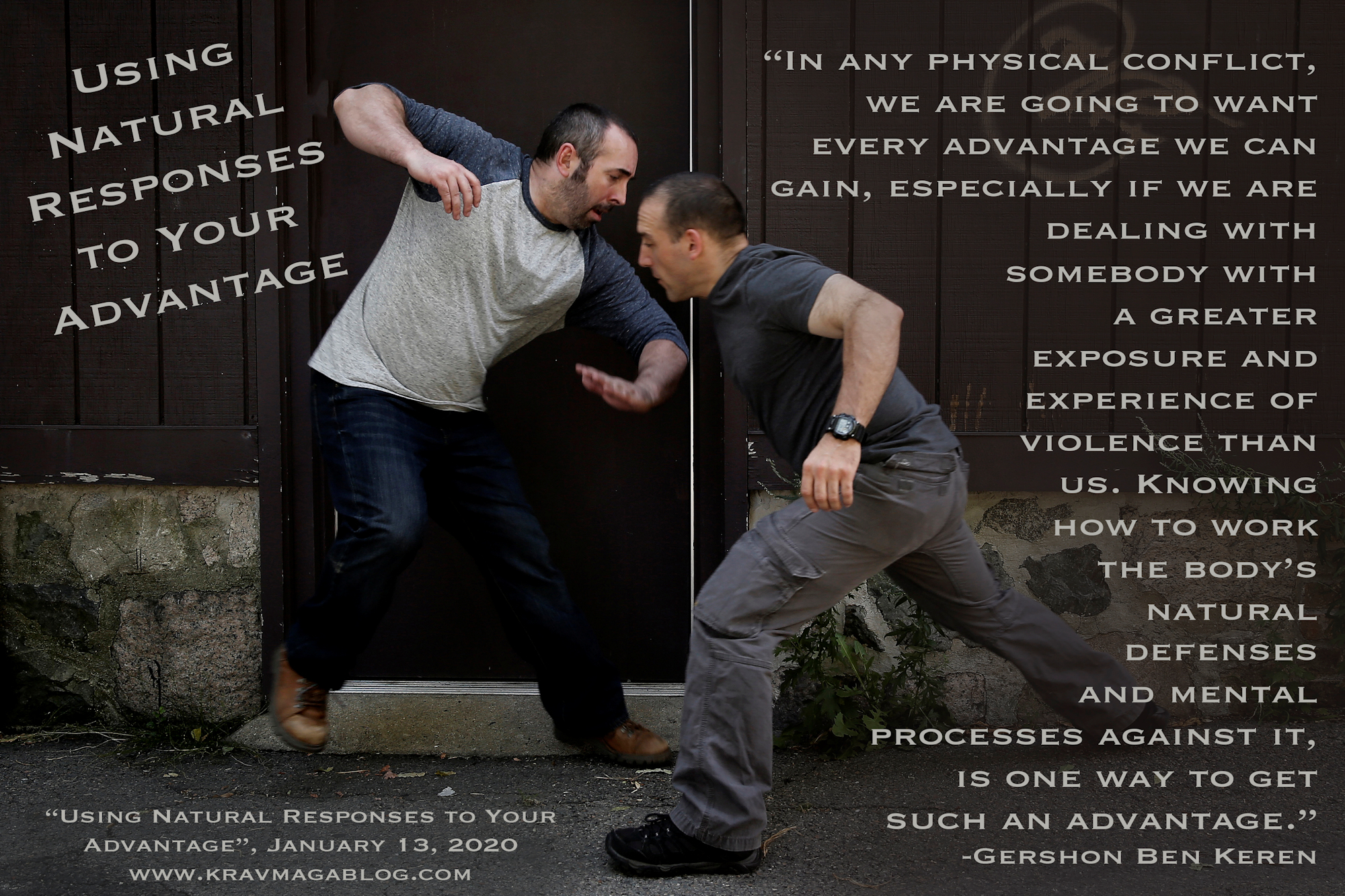Home Invasion (Part 2), is an article written by Gershon Ben Keren, a 5th Degree Black Belt in Krav Maga, who teaches Krav Maga in Boston, MA. He has also authored three Amazon best-Selling Books on Krav Maga.
In last week’s blog, I discussed the profile and motivations of criminals who commit home invasions. In this blog article, I will look at the different methods that they use to gain entry to properties and access to victims, along with preventative steps that can be taken in order to deny them both.
Unlike a burglary, where signs of occupancy act as a deterrence, for a home invasion to be successful, the homeowners need to be in the property, at the same time as the criminal(s). This means that a criminal has to gain an understanding of when people are at home (and when they are not). One easy indicator of this, is cars parked on a driveway. Using only the most basic surveillance, a criminal can gain a pretty reliable picture of a person’s movements from watching when cars are parked, and when they are absent, from a driveway. It is always a good security measure, if possible, to always park cars out of sight, in a garage – unfortunately, many people tend to use their garage as a storage facility, rather than a place to park their car(s).
Once a criminal has ascertained that you are present, either in or on your property, there are four basic ways that they can get into your home, these are:
1. Push-Ins
2. Break-Ins & Ambush
3. Con
4. Blitz
A “Push-In”, is as the name suggests, simply involves pushing a person into the house, as they open the door. This could be done as they open the door as a response to someone ringing the doorbell, etc., or it could be done by “following” them in as they open the door to enter their home. One of the most significant deterrents, in all crime, is natural surveillance e.g. the more people who are likely to see the crime being committed, the less likely a criminal is to engage in it. Unfortunately, many people will use the back door of their house to enter their property, rather than the front. This may be because the back door is closer to where they park the car, than the front e.g. the garage or the driveway where they park is at the back of the property and/or because the back door, accesses the kitchen and it is quicker and more convenient, to bring groceries in this way, etc. The security issue, in using entrances at the back of the property, is that they are less likely to enjoy the same level of natural surveillance, as those at the front – which normally face a street or road, where there is both vehicular and foot traffic, etc. In most cases, it is also much harder for people to hide, and obscure themselves from view, at the front of your property, if their plan is to wait for you to return home and then execute a push-in.
A common time for push-ins, is early evening, when people are in their homes watching TV. If your doorbell rings, etc. when you are watching TV, your attention will be divided, and you will probably not be paying as much attention to your personal safety, as you normally would – criminals who commit home invasions, will sometimes watch through a window to see if and how many people are watching TV; especially if it is a family- in this case, the threat of violence towards the children can be used, to force compliance, etc. Opening a door, without first checking who may be on the other side, both when you open the door to somebody who has rung the bell, etc., as well as when you go to leave your property, is always a risk. Installing a spyhole, and fitting a security chain across your door, are two simple ways to mitigate and manage this risk. Unfortunately, most doors and door frames don’t allow security chains to be screwed in deeply enough, to stop a determined attacker from breaking through. To reinforce the chain, you can position a door wedge, under the door, when you open it – these two things combined should be enough to stop, or at least slow down, an attacker. Keeping a can of pepper spray by your door, that you can use against somebody who is trying to gain access to your property in this way, will also add depth to your security measures.
Another way that a criminal(s) may commit a home invasion, is to break-in to your property and wait for you to return. Many people, when they look at home security, forget about windows and doors that don’t directly give access to their property, such as basement and garage doors; if it is easy for a criminal to break-in to these parts of your property, that adjoin your house, they will be able to take as much time as they need to break into the main building, as they will be unseen, sheltered from view by the basement/garage. It may be that they can use any tools you store in these places to assist them in this, though in many cases this will be unnecessary, as adjoining doors to these areas are often left open. One major weakness to property security in the US, during the Summer Months, comes from Air Conditioning Units, that are placed in house and apartment windows. These can readily be pushed in, allowing easy access for any criminal. For around five dollars, you can purchase an AC window lock, which secures the unit to the window, and will prevent this method of entry.
You should also take seriously small breaches to your home security, which may be committed by criminals who are “testing” your property, in preparation for a home invasion (or burglary). A stone/rock thrown through a window, may be an act of petty vandalism, or it could be a test to see if you have a burglar alarm, and if you use it. The unscrewing and loosening, of a security light, may come about through natural wear and tear, or it could be a test to see if you notice that it’s not working, and take the effort to remedy it i.e. is security something you take seriously, or something that is just there for show?
A criminal committing a home invasion may favor conning themselves inside, by pretending to be a workman from a utility company, etc. Such uniforms are easy to acquire, and a laminated photo ID, can be created quite easily, and with little effort. What is harder to acquire is a liveried truck or van, from the company they are claiming to represent. If one is not outside, when you open the door to them – with the security chain on, and your door wedge positioned – it may be worth calling the company to check that the visit is genuine.
A “Blitz” style invasion, involves the criminals simply smashing your door down to gain access to you. It’s a crude but effective method, against most external doors, which aren’t really designed or installed to be able to withstand a lot of force. If you consider that the police and security services, can quickly break a front door in with a few strikes from a hand-held ram, you should be able to appreciate that most doors are really only designed to block access, rather than fully prevent it – I have worked both in collections, and evictions, where I’ve had to kick doors down, and it doesn’t take a lot. Once again, there are relatively inexpensive ways to strengthen a door, such as installing a larger, reinforced strike plate (cost: about $10). If you look at a typical mortise door-lock, you will see a metal plate that surrounds the hole on the door jamb/frame, which the bolt slides into – this is meant to reinforce the doorframe, so that if pushed the bolt doesn’t simply tear through the wood of the frame. Unfortunately, it is normally held in place by two screws, and so when the door is pushed hard it gets ripped out. By installing a larger strike plate, that is held in place by multiple screws, this vulnerability is reduced/mitigated. Installing deadbolts will also add resistance, and if you want to spend a bit of money, a company called “Door Devil”, make attachments that address all of the weaknesses of a standard door.
Home Invasions are not the most common crimes, however they are on the increase, and excessive force and violence is common place, meaning the risk of serious injury is present. They are commonly rehearsed, and more often than not involve multiple assailants. In all cases of violent crime, it is better to prevent yourself from being targeted, through good security processes and procedures, than have to deal with an assault itself – however much you rate your physical skills and prowess, either empty-handed, or with a firearm (never underestimate the moral, psychological, emotional and legal consequences of having to shoot somebody, even if you are “right” to do so). Preventing criminals from accessing you in your home, should be an area of personal safety you take seriously.
0 COMMENTS













